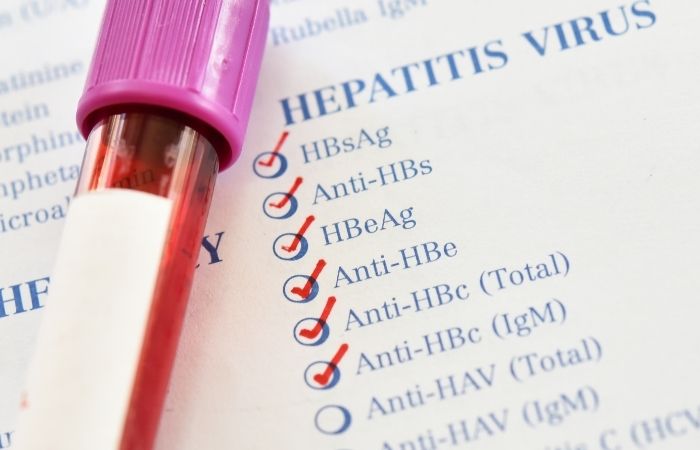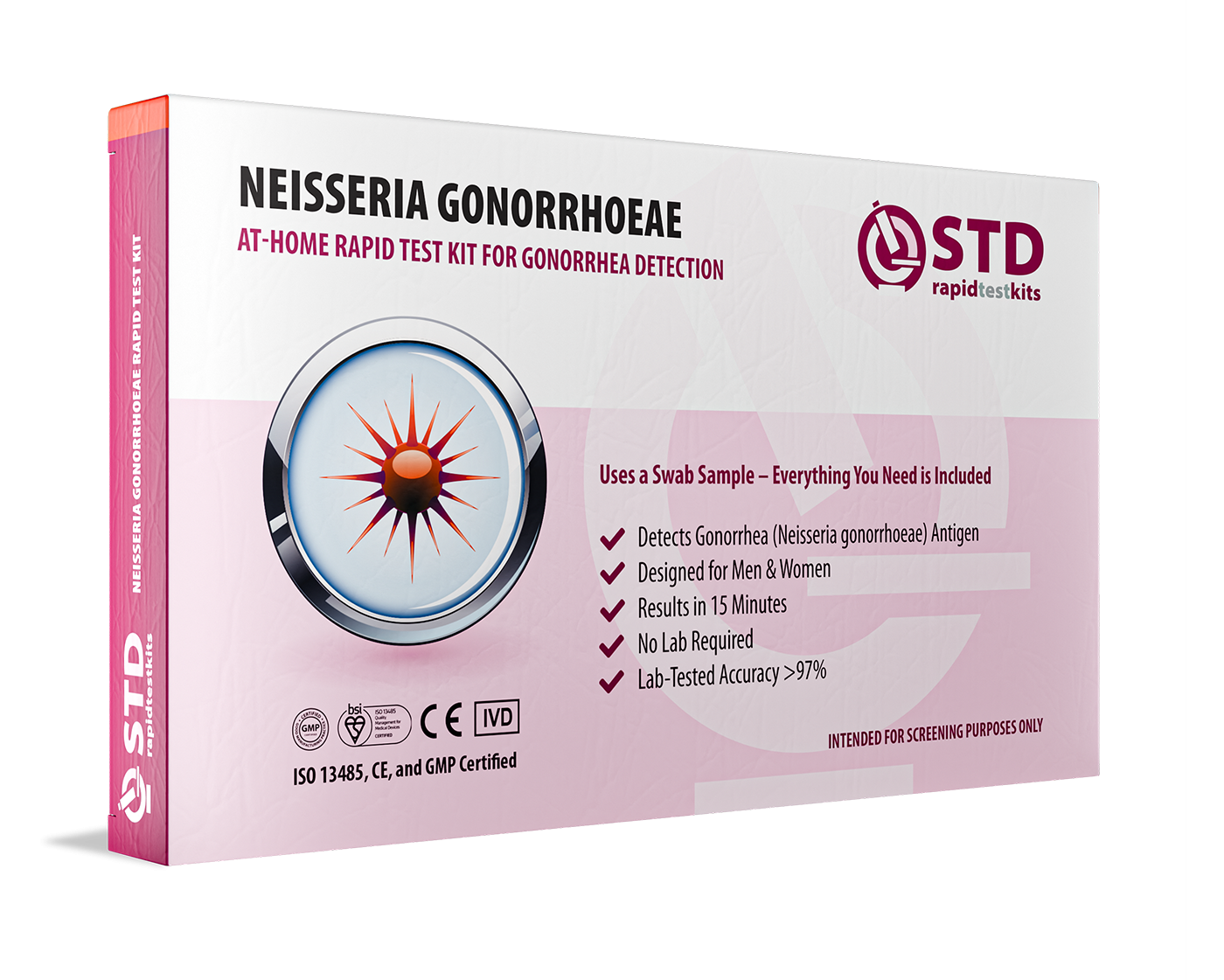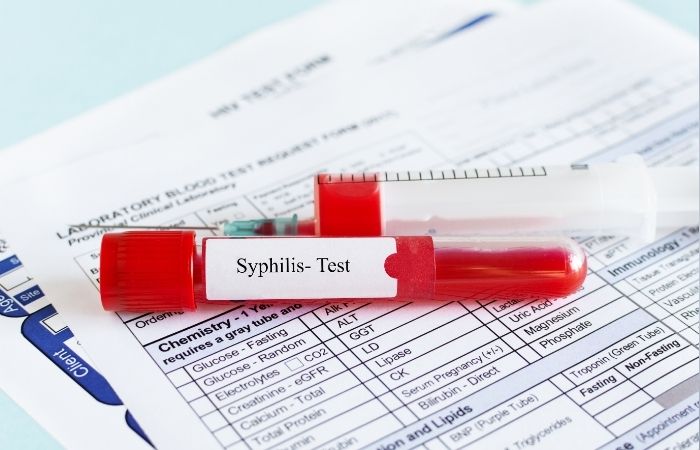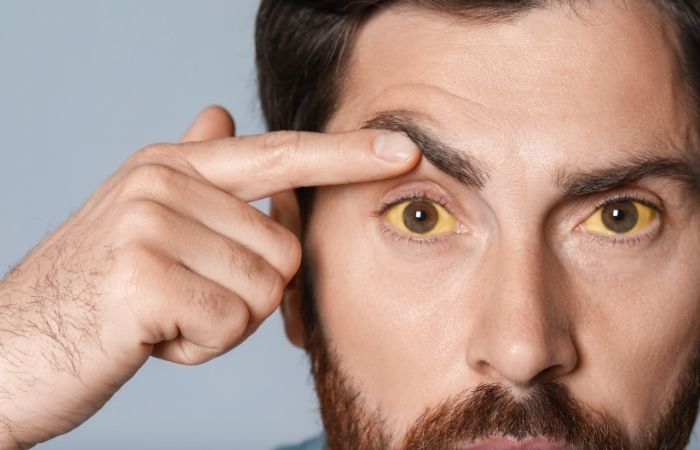How Soon After Sex Can You Test for Herpes? (Timing by Type)
Quick Answer Box
When to get tested after unprotected sex depends on the specific STD’s window period, the time it takes for an infection to show up on a test. Testing too early may give false reassurance. For most infections, the ideal testing window ranges from 1 week to 3 months after exposure.
Let’s Start With the Basics: What Is the Window Period?
Before we get granular, let’s set the stage: every STD has a "window period," the time between exposure and when it can be accurately detected on a test. That means if you get tested too early, your results might come back negative even if you’re infected.
It’s not about punishment; it’s about biology. The body needs time to produce detectable levels of antibodies, antigens, or DNA from the infection.
Here’s the cheat-sheet truth:
- Too early = false negative
- Too late = unnecessary stress (and possible transmission)
Let’s walk through each major STD with real timelines and honest advice.

People are also looking for: Can you get an STD from kissing?
Chlamydia: The Silent Saboteur
You probably won’t feel anything, but that doesn’t mean it isn’t there. Chlamydia is notorious for being asymptomatic, especially in women. When left untreated, it can lead to serious complications like infertility or pelvic inflammatory disease.
- Testing Timeline: You can get tested as early as 5–7 days after exposure, but it’s most accurate after 10–14 days.
- Why that matters: Getting tested too early might miss it. If you’re worried and it’s been less than a week, wait a few more days unless you’re showing symptoms.
- Real talk: Many people carry chlamydia for weeks or months without knowing it, and they only find out because their partner tested positive.
Gonorrhea: The Drip You Didn’t Ask For
Gonorrhea is the messier cousin of chlamydia. It can show up fast and loud, with burning urination, discharge, or even rectal pain, but it can also slide by unnoticed.
Testing Timeline: Test after 5–7 days, with best accuracy after 10 days.
Symptoms might include
- Painful urination
- Discharge (white, yellow, or green)
- Bleeding between periods
- Rectal discomfort
Sneaky detail: Gonorrhea loves to hide in the throat and rectum, especially after oral or anal sex. Make sure your test covers all sites of exposure.
Pro tip: Even if you test negative early, retest at 14 days if symptoms pop up. Use a Chlamydia + Gonorrhea Home Test Kit for peace of mind.
Check Your STD Status in Minutes
Test at Home with RemediumGonorrhea Test Kit

 For Men & Women
For Men & Women Results in Minutes
Results in Minutes No Lab Needed
No Lab Needed Private & Discreet
Private & DiscreetOrder Now $33.99 $49.00
HIV: The Test Everyone Fears, The One You Shouldn't Avoid
Let’s be honest, HIV is the one that sends most people into a spiral. But here’s the reality: modern medicine has come a long way. Knowing your HIV status isn't a death sentence; it's a life-saving move.
Testing Timeline
- Earliest detection: 10 days with a nucleic acid test (NAT)
- Most accurate for antigen/antibody tests: 18–45 days
- For antibody-only tests: wait at least 30 days, best at 90 days for confirmatory results
- Translation: If you test negative at 2 weeks, that’s great, but retest at 1–3 months to close the loop.
- Emotional tip: Waiting sucks. We know. But it’s better to deal with reality than sit in limbo. The truth is safer than the what-ifs.
Syphilis: The Shape-Shifter
Syphilis is weird. It shows up like a sore, disappears, and then wreaks havoc in silence. People think it’s a “historical” disease, but trust, it’s still very much around. And rising.
Testing Timeline
- Earliest detection: 3 weeks after exposure
- Ideal window: 4–6 weeks
- Retest: at 3 months if your partner tested positive or if symptoms appear
First stage symptoms
- Painless sore (chancre) on genitals, mouth, or anus
- Swollen lymph nodes
- Rash (can show up on palms and soles)
The real kicker: You can have it and not know it, until it hits your brain, eyes, or nerves years later.
Bottom line: If there’s any chance of exposure, test early and retest later. This one’s stealthy and dangerous.

People are also looking for: Can a chancre be mistaken for a pimple?
Herpes: Welcome to the Confusing Zone
Herpes simplex virus (HSV) might just be the most confusing STD to test for. Why? Because symptoms are unreliable, tests vary wildly, and false negatives are common, especially with HSV-1, the one that also causes cold sores.
Testing Timeline
- Best to wait: 3–6 weeks for accurate blood (antibody) tests
- Swab tests: If you have an active sore, test ASAP (within 48 hours)
What to watch for
- Itchy or tingling skin before an outbreak
- Clusters of painful blisters or sores
- Fever, fatigue, swollen glands during initial outbreak
Honest truth: You could carry herpes for years without knowing. 80% of people with HSV-2 don’t know they have it. That’s not a scare stat, that’s just reality.
Test options: If you're symptom-free, use a Herpes Home Test Kit around the 4–6 week mark. If you have symptoms? Swab test immediately.
Check Your STD Status in Minutes
Test at Home with RemediumGenital & Oral Herpes Test Kit

 For Men & Women
For Men & Women Results in Minutes
Results in Minutes No Lab Needed
No Lab Needed Private & Discreet
Private & DiscreetOrder Now $75.00 $98.00
For all 2 tests
HPV: The Invisible Lurker
Human papillomavirus (HPV) is the most common STI on the planet, and the least understood. It’s a virus with over 100 strains, some harmless, some cancer-causing. Most people will get HPV at some point, often without symptoms.
Testing Timeline
- There’s no “early detection” test for men unless warts appear
- For women: HPV is usually found during routine Pap smears
- Best time to screen: 3 weeks to several months after exposure if symptoms or irregular Pap results occur
Frustrating fact: HPV can lie dormant for years, then suddenly appear in a test or manifest as genital warts.
What to do: If you’re worried about HPV post-exposure, talk to a provider—especially if you're due for a Pap. And don’t skip the vaccine if you're under 45 and haven’t had it yet.
Hepatitis B & C: The Silent Liver Assassins
Hepatitis B and Hepatitis C are bloodborne infections that quietly damage your liver over years. You can get them through sex, especially if there's blood exposure, or even through shared personal items like razors or toothbrushes.
Testing Timeline
- Hep B: Detectable within 3–6 weeks of exposure
- Hep C: Usually accurate after 4–10 weeks
Symptoms (if any)
- Fatigue
- Dark urine
- Jaundice (yellowing of the eyes/skin)
- Nausea or abdominal pain
Heads up: These viruses don’t always show symptoms early—and can still be transmitted. Always test if you’ve had unprotected sex with a new or high-risk partner.
Testing option: Use a Hepatitis B + C Test Kit for early peace of mind.

People are also looking for: I got vaccinated for hepatitis B as a child, do I need a booster?
Trichomoniasis: The One Nobody Talks About (But Should)
Trichomoniasis is a parasitic STD that’s super common and super overlooked. It doesn’t get the same attention as chlamydia or herpes, but it causes just as much discomfort, and long-term problems if ignored.
Testing Timeline: Get tested after 5–7 days, ideally at the 10-day mark.
Possible symptoms
- Foul-smelling vaginal discharge
- Genital itching or irritation
- Painful urination or sex
- Or… no symptoms at all (in 70% of cases)
Weird but true: Trich can live in the urethra or genitals without making a sound. It’s treatable with antibiotics, but only if you know it’s there.
FAQs
1. How soon after unprotected sex should I get tested for STDs?
It depends on the STD. Chlamydia and gonorrhea show up in 1–2 weeks. HIV, syphilis, and herpes may take up to 3 months for accurate results.
2. Can I test for everything at once?
Yes. A Multi-STD Test Kit covers multiple infections in one go.
3. What if I don’t have symptoms?
Most STDs don’t cause early symptoms. That’s why regular testing is essential, especially after unprotected sex.
4. Can I test the day after?
You can, but results won’t be accurate. Most STDs need at least a few days to be detectable.
5. How accurate are at-home STD tests?
Very accurate if used at the right time. Always follow instructions and consider a follow-up lab test if results are unclear.
6. What’s the most common STD after unprotected sex?
Chlamydia is the most commonly diagnosed, but gonorrhea, herpes, and trichomoniasis are also high on the list.
7. Can I get HIV from oral sex?
It’s rare, but possible, especially if there are cuts, sores, or bleeding gums involved.
8. Should my partner get tested too?
Absolutely. Anyone involved in unprotected sex should get tested, even if they feel fine.
9. Do I need to tell past partners?
If you test positive for something contagious, yes. It’s tough, but it’s the responsible move, and most people are more understanding than you think.
10. Can I have more than one STD?
Yes. Co-infections happen more often than people realize. That’s why combo kits are smart.
What If You Already Got Tested Too Early?
Let’s say you panicked and tested the next day. No shame. But know this: if that test came back negative, it doesn’t mean you're in the clear. Here’s what you do next:
- Mark your calendar based on the recommended timelines for each STD
- Plan a follow-up test in 1–3 months for full confirmation
- Use condoms moving forward to prevent further exposure or spread
And if you test positive? You’re not dirty. You’re not broken. You’re just human, and STDs are part of the sexual health landscape, not a moral failing. Take control of your health today. Get discreet, fast results with the Combo STD Home Test Kit from STD Rapid Test Kits. Whether it’s been a few days or a few weeks since exposure, accurate answers are just a test away.
Sources
1. CDC – STI Screening Recommendations
2. How soon after I had sex can I get tested for STDs? – Planned Parenthood
3. When should I get tested for STIs after unprotected sex? – Labcorp OnDemand
4. How Soon After Unprotected Sex Should I Test for STD? – Testing.com
5. How soon after unprotected sex will an STD show up on a test? – FPA Women's Health










